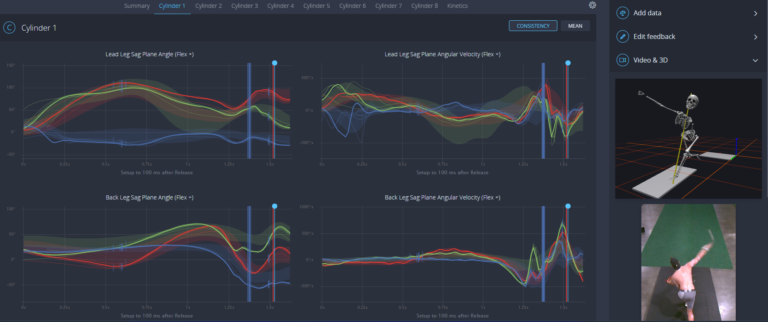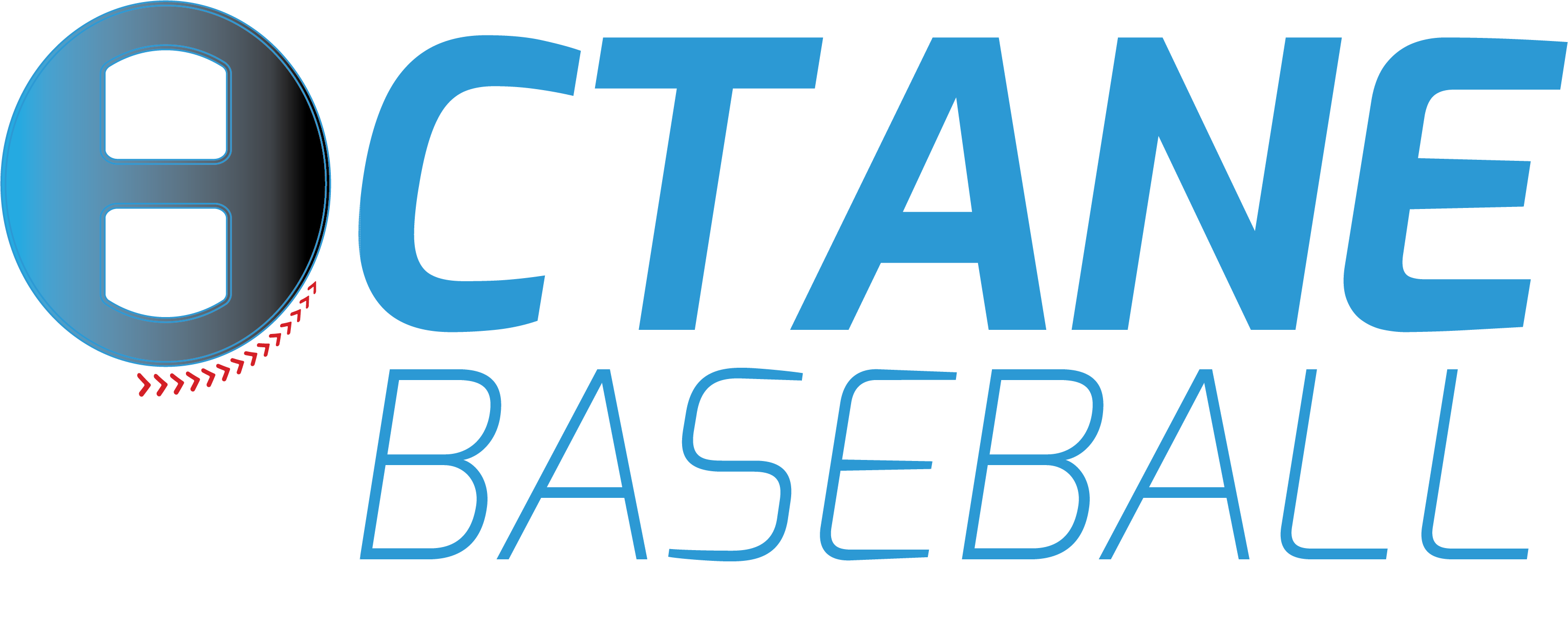Kinematic variables relating to kinetic chain

Understanding the intricate relationship between ground reaction forces and ideal kinematic variables is paramount in unraveling the nuances of baseball pitching performance. While extensive research has delved into the impact of both front and back leg ground reaction forces on ball velocity, the focus on timing and impulse emerges as a critical factor.
Think about taking a half court jump shot, but releasing the ball before you’ve even left the ground. The result would be an aggressive use of the upper body to compensate in an attempt to have the ball reach the basket. There are many downsides to this method with two major ones being increased stress to the upper body and lack of accuracy.
The same can be said with the front leg in pitching. The front leg can, in some cases, produce over three times the pitcher’s bodyweight in magnitude during the pitch motion, but if a majority of this force is occurring once the ball is released or the shoulder is already past its “loading phase”, it will have no effect on the ball.
This is why timing of the front leg forces are crucial when it comes to analyzing ground reaction forces of the front leg during pitching.
Here at 8ctane Baseball, we like to see the max amount of force being produced as the pitcher’s chest is positioned towards home, and the arm is beginning to enter its layback phase. This point usually occurs midway between footplant and ball release (Pictured below). Anything produced after the arm is in max layback is deemed as not having enough time to reach from the ground, transmit up the body, and act on the ball after this point.
The present study delves into the nuanced timing of front leg ground reaction forces, emphasizing a key point between footplant and ball release utilizing our Qualisys system, integrated with Advanced Mechanical Technology, Inc. (AMTI) force plates and analyzing the data using C-Motion, Inc./HAS-Motion, and Python Coding. This pivotal moment aligns with increased force production, correlating with various kinematic variables known to influence ball velocity. Here at 8ctane Baseball, our emphasis on this midpoint as a focal point for analysis has revealed correlations ranging from (+/-)0.45 – 0.66 with numerous kinematic variables, including pelvis angle (1, 2), front knee brace, and knee varus/valgus movement (3). These findings not only deepen our understanding of pitching mechanics but also pave the way for further exploration into the intricate interplay between lead leg ground reaction forces and ideal kinematics in baseball pitching.
FIND US
-
2209 Associate Drive
Raleigh, NC 27603 -
Monday-Friday 9-6
Saturday by appointment only
Ready to begin your baseball journey?
We offer private lessons and in depth long term training programs. We look forward to welcoming you to the 8ctane Baseball family. Lets unlock your full potential!

Copyright © 2024 | 8ctane Baseball
